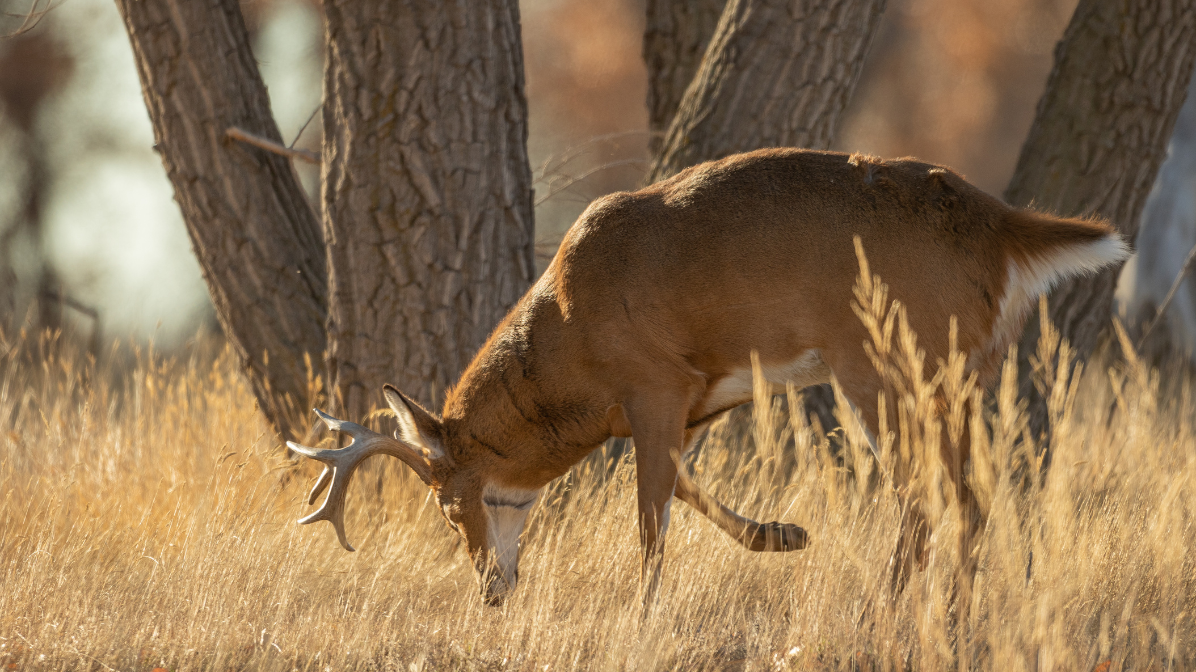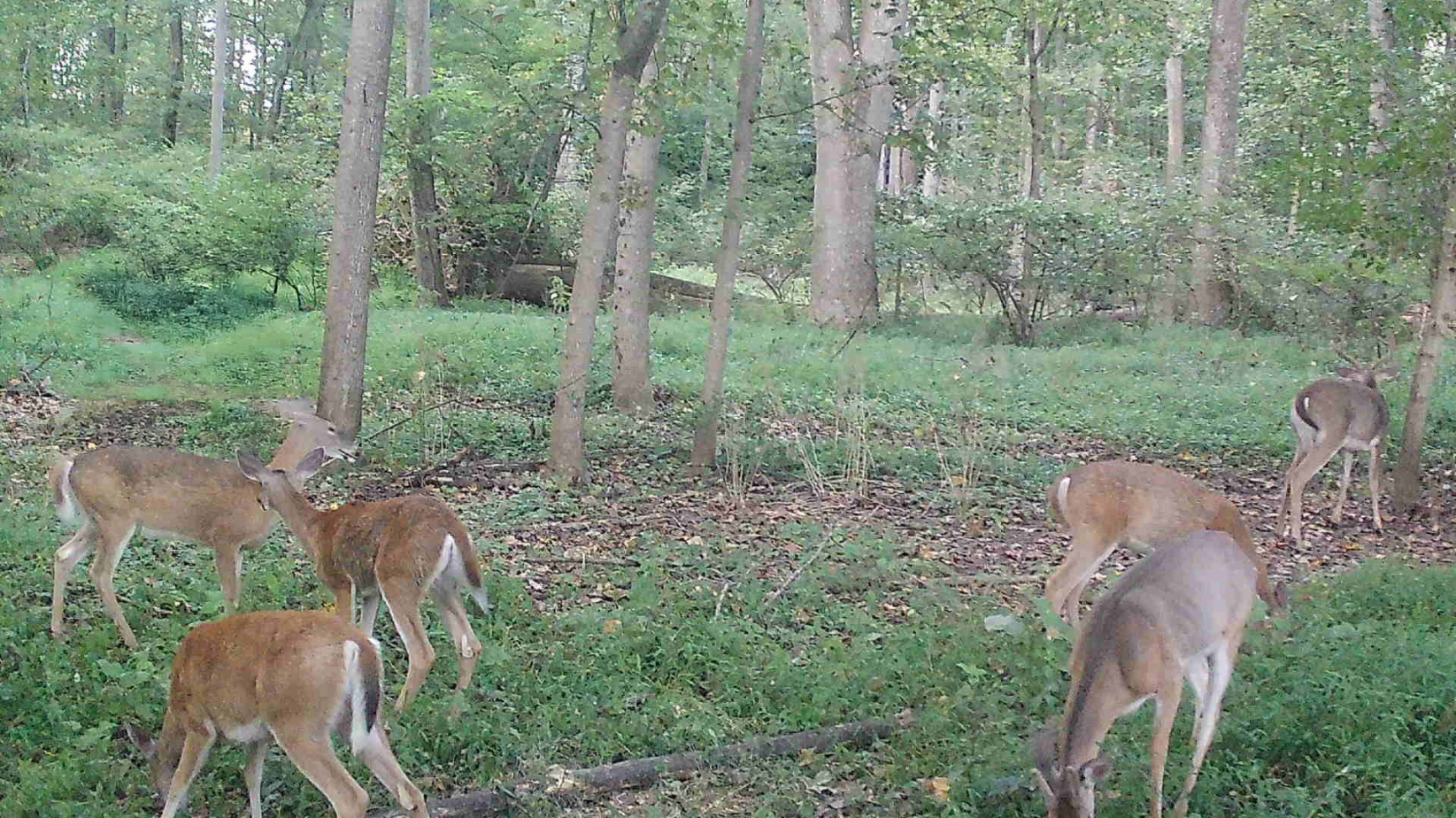A Field Guide to Whitetail Hormone Cycles

By the time you spot a buck cruising a ridgeline in November, antlers sharp and body thick with muscle, know this: you’re looking at the product of a biological story that’s been unfolding all year long. From velvet-covered growth spurts to rut-fueled showdowns, it’s testosterone and growth hormone that set the stage. Understanding how those hormones rise and fall with the seasons isn’t just science — it’s the kind of knowledge that gives hunters an edge, land managers a plan, and outdoorsmen a deeper respect for the rhythm of the wild.
Spring: The Comeback Season
Come March, last year’s antlers lie somewhere in the brush, and bucks are nursing their post-winter bodies back to strength. Growth hormone (GH) and IGF-1 begin to climb as daylight increases, kicking off velvet antler growth. Testosterone stays low. Right now, a buck’s priority isn’t dominance or does. It’s groceries. Calories in. Muscle rebuilt. Antlers begin to bud like early leaves on an oak.

Summer: Velvet Dreams and Quiet Giants
By July, bucks are in peak growth mode. GH and IGF-1 are working overtime. You’ll catch them in bachelor groups, ghosting through soybean fields at dusk. Their velvet antlers pulse with blood, nerves, and potential. Testosterone? Still low. These boys aren’t fighting yet. They’re bulking up. Laying low. If you want to pattern a buck, summer’s your best shot. But don’t blink. Everything’s about to change.

Early Fall: The Velvet Falls
September brings a hormonal shift. As the days shorten, testosterone begins its climb. Antlers calcify and velvet dries out. Bucks start rubbing trees, working scrapes, and sparring with their soon-to-be rivals. The velvet comes off in tatters. Their necks thicken. Their moods shift. Bachelor groups break up like a rock band at the end of a tour. It’s not full-blown rut yet—but it’s coming.
The Rut: Testosterone Takes the Wheel
This is the time hunters wait for. Testosterone hits its peak. Bucks forget caution and charge into territory wars and doe patrol. They scrape, chase, grunt, and fight. Food takes a back seat to instinct. Many will lose up to 25% of their body weight. Injuries are common. Some won’t make it through. But for a few wild weeks, the woods are alive with movement, noise, and the unmistakable tension of the rut.

Winter: The Crash and Quiet
As quickly as it surged, testosterone crashes after the rut. Bucks withdraw. The fighting stops. Antlers loosen and eventually fall. Growth hormone begins to rise again, quietly setting the stage for another cycle. Bucks spend winter regaining weight, avoiding pressure, and surviving the cold. By the time snow blankets the forest floor, the woods grow quiet—but beneath the surface, the next chapter is already underway.
Lessons from the Wild
Understanding the hormone rhythms of a whitetail’s year isn’t just for biologists. It’s for anyone who loves the chase, respects the animal, or wants to steward land with intention. Bucks aren’t just reacting—they’re riding an ancient internal tide. Know the tide, and you know when to scout, when to strike, and when to sit back and watch the woods come alive.
Out here, nature doesn’t guess. And if you want to hunt smarter, neither should you.
Sign up for our newsletter to stay sharp on outdoorsman topics like this—and if this hit home, share it with your hunting crew or post it on socials to keep the tradition strong.
*Want to dive deeper into the biology behind these cycles? The National Deer Association offers excellent resources on deer hormone science and seasonal behavior.




